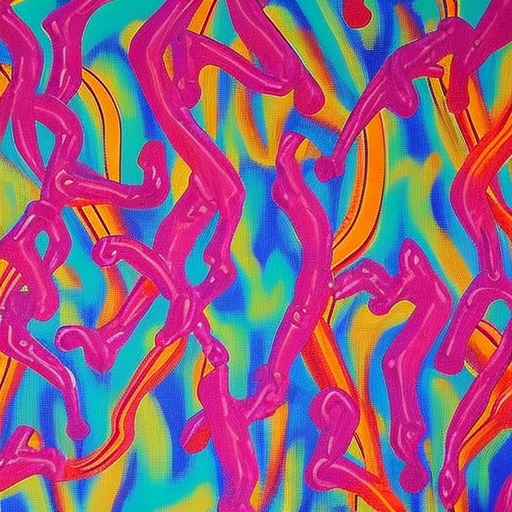Rap: A Comprehensive Summary
Rap is a genre of music that originated in African American and Afro-Caribbean communities in the United States during the 1970s. It is characterized by its rhythmic and rhyming vocal style, often accompanied by beats and electronic music. Rap music has since become a global phenomenon, influencing various cultures and subcultures around the world.
Origins and Development
Rap music emerged as a form of expression and storytelling in marginalized communities, particularly in the Bronx, New York City. It was born out of the fusion of various musical influences, including African drumming, Jamaican toasting, and spoken-word poetry. Early rap artists, known as MCs (Master of Ceremonies), would recite rhymes over beats played by DJs at block parties and clubs.
During the 1980s, rap music gained mainstream attention with the release of influential albums like “Rapper’s Delight” by The Sugarhill Gang and “The Message” by Grandmaster Flash and the Furious Five. These songs addressed social and political issues, reflecting the realities of urban life.
Key Elements of Rap
Rap music is characterized by several key elements. The most prominent is the use of rhyming lyrics, often delivered in a rhythmic and poetic manner. Rappers employ various techniques, such as internal rhymes, alliteration, and wordplay, to create complex and engaging verses.
Another essential element of rap is the beat. The beat provides the foundation for the music and is typically created using drum machines, samples, and synthesizers. The rhythm and groove of the beat are crucial to the overall feel of the song.
Lyrically, rap covers a wide range of topics, including personal experiences, social issues, and storytelling. It has been used as a platform for artists to express their thoughts on race, poverty, inequality, and other societal concerns. Rap lyrics often reflect the realities and struggles of the communities from which it originated.
Subgenres and Styles
Over the years, rap music has diversified into numerous subgenres and styles. Some of the most notable include:
- Gangsta Rap: Known for its gritty and often violent lyrics, gangsta rap emerged in the late 1980s and early 1990s. Artists like N.W.A, Tupac Shakur, and The Notorious B.I.G. popularized this subgenre.
- Conscious Rap: Also known as political rap or socially conscious rap, this subgenre focuses on raising awareness about social and political issues. Artists like Public Enemy, Common, and Kendrick Lamar are known for their thought-provoking and socially conscious lyrics.
- Trap: Originating in the Southern United States, trap music is characterized by its heavy bass, 808 drum machines, and lyrics about street life and drug culture. Artists like Gucci Mane, Future, and Migos have popularized this subgenre.
- Alternative Rap: This subgenre incorporates elements of other genres, such as rock, jazz, and electronic music. Artists like OutKast, Tyler, The Creator, and Kanye West have pushed the boundaries of rap music with their experimental and genre-blending sound.
Influence and Impact
Rap music has had a significant impact on popular culture and has influenced various art forms beyond music. It has inspired fashion trends, dance styles, visual art, and even language. The rise of rap music has also provided a platform for marginalized voices and has been instrumental in bringing attention to social and political issues.
Rap has become a global phenomenon, with artists from different countries and cultures incorporating rap into their music. This has led to the emergence of regional rap scenes and the development of unique styles and sounds.
In conclusion, rap music is a genre that originated in marginalized communities and has since become a global cultural force. It is characterized by its rhythmic and rhyming vocal style, accompanied by beats and electronic music. Rap has diversified into various subgenres and styles, addressing a wide range of topics and reflecting the realities of urban life. Its influence extends beyond music, shaping popular culture and providing a platform for marginalized voices.












